Nowadays, the wood flooring industry is developing constantly in both designs and materials to meet the diverse requirements of users. In particular, Plywood flooring is quite a popular material. So what is Plywood? How many types of Plywood are there? Let’s learn about new materials with A1 Plywood in this article!
1. What is Plywood?
Plywood is a line of industrial wood made from pressing many thin slices of wood together. These slices of wood are called Veneers, they are pressed at right angles to form Plywood panels.
Veneer wood is composed of thin slices of natural wood Veneer after being squared and glued with temperature to create a durable Plywood that is waterproof, anti-warping, and less affected by temperature. Another feature is that because there are thin slices of wood arranged in a perpendicular direction, it has very good traction.
2. Classification of Plywood by materials and features.
2.1. Softwood Plywood
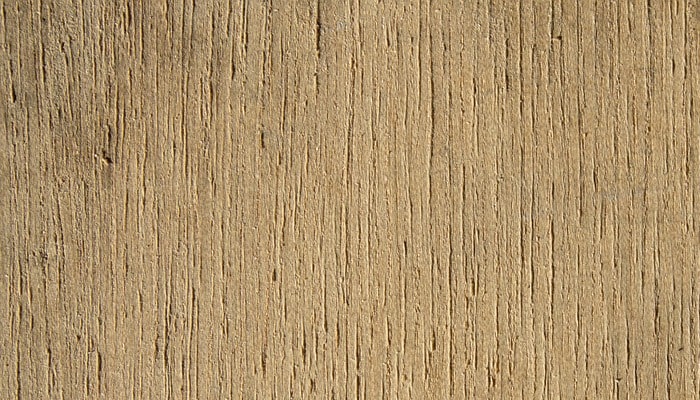
Material: pine, cedar, redwood, fir, or Douglas fir.
Characteristics: is a sturdy and strong material.
Application: used for industrial and construction purposes for roofing, subfloor and exterior framing, shelving, temporary flooring, and sheds.
2.2. Hardwood Plywood
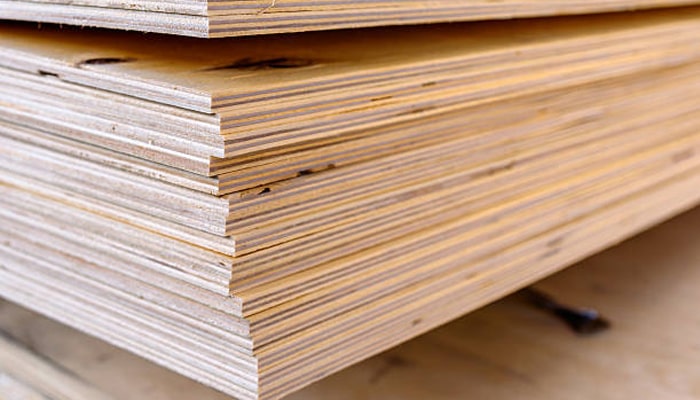
Material: wood from trees such as oak, birch, beech, mahogany, walnut, etc.
Characteristics: Good hardness and resistance to abrasion and damage, high impact resistance, smooth surface.
Applications: Used for applications such as furniture, sporting equipment, storage boxes, musical instruments, heavy-duty floors, doors, furniture and cabinets, and other applications where strong frames are required.
2.3. Marine Plywood

Material: Using European hardwoods such as spruce, mahogany, and birch.
This is the most durable Plywood available on the market that is moisture and heat resistant.
Structure: Combined with very thin veneer layers making it flexible and light while making it extremely sturdy for the heaviest of applications.
Application: Used in constructions requiring heavy-duty industrial wood such as ships, airplanes, and furniture that need to hold heavy objects.
Marine Plywood was originally used during World War II to build attack gliders and fighter aircraft.
2.4. Tropical Plywood
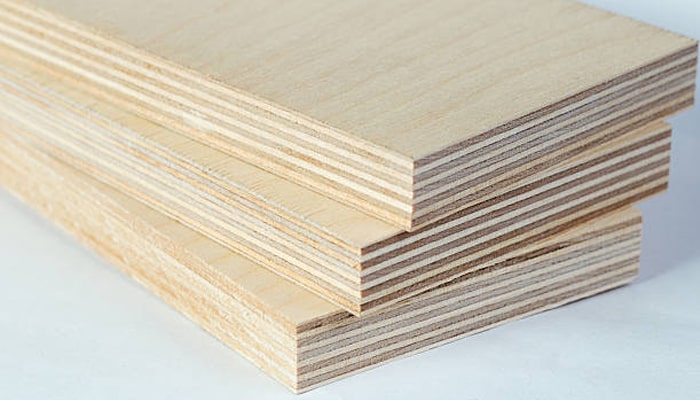
Material: Produced from a special blend of tropical wood.
Characteristics: In terms of quality, strength, density, and uniformity of layers, tropical Plywood is far superior to softwood Plywood.
Application: Tropical Plywood is widely used in countries such as the USA, UK, Japan, Taiwan, Dubai, and Korea,.. and it is used for construction purposes in some nations.
2.5. Exterior Plywood
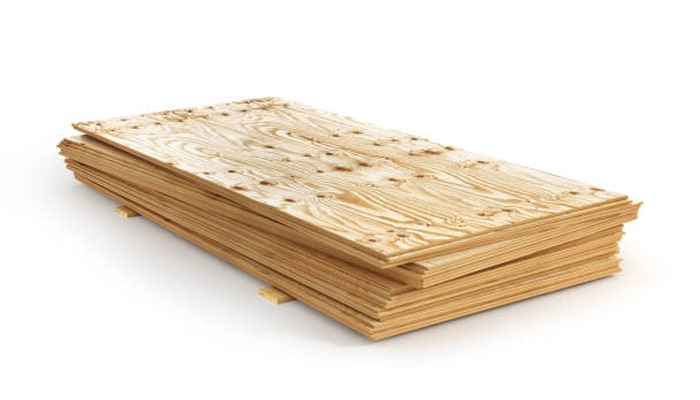
Features: With a waterproof and weatherproof adhesive that holds the Plywood panels together, the exterior Plywood can withstand rain, wind, snow, and other weather conditions for several years.
Structure: Exterior Plywood consists of several veneers glued together, layering them, providing additional strength.
2.6. Veneer Core Plywood
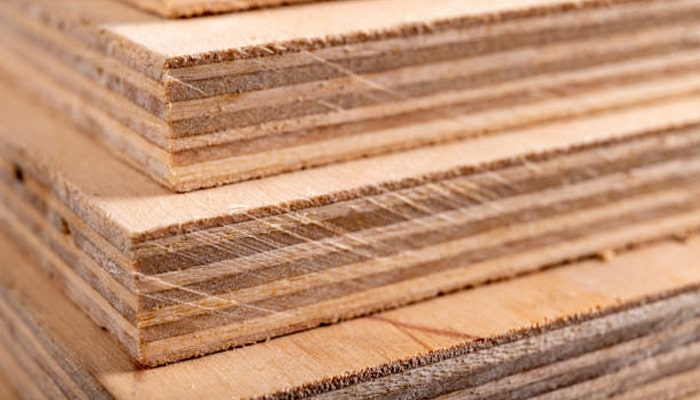
Construction: Consisting of three layers of two thin boards on either side, sandwiching a thick core of a rigid board made from strips of wood, glued together.
Application: Used to make wide or long shelves in cabinets and wardrobes.
2.7. Overlaid Plywood
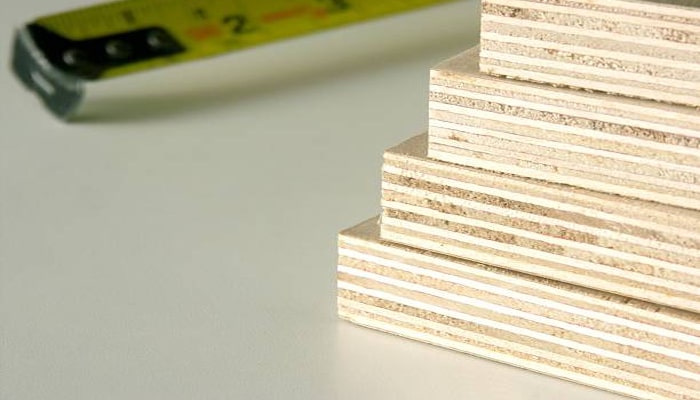
Overlaid Plywood is also known as decorative Plywood, laminated Plywood is MDO (medium density) or HDO (high density).
Overlaid Plywood has the same layers as other Plywood such as oak, ash, maple, birch, mahogany, maple, teak, red oak, rosewood, or other hardwoods and is finished with a thin veneer of some decorative wood.
The face cover gives the Plywood a completed look.
Veneers not only make the surface more beautiful but also create high durability, scratch resistance, waterproofing, and other harmful effects.
Normally, the outer surfaces of veneers are bonded by a process of pressure and heat. HDO Plywood sheets have more plastic than MDO panels, which makes them more expensive.
2.8. Structural Plywood

Structural Plywood is also known as sheathed Plywood, more structural Plywood for the durability of frames and building structures.
Structural Plywood requires a very strong adhesive that can hold the panels together and of course, it provides this.
Although structural Plywood may not be as weather-resistant as other types of Plywood, it can still be used outdoors or indoors for framing, flooring, beams, and bracing as it is commonly used covered with other materials.
2.9. Moisture Resistant Plywood

Moisture resistant Plywood is also known as MR ply or commercial Ply, this type of Plywood is widely used in homes.
From cabinets to furniture, Plywood is moisture resistant in wet and humid conditions, making it a great choice in tropical areas.
2.10. Hot Water Resistant Plywood

Hot water resistant Plywood is often used for both interior and exterior. Plywood is water-resistant and suitable for all kinds of weather conditions.
The product is often used in kitchens and bathrooms, where there is a lot of contact with water.
Because of its waterproof nature, Plywood is also used for stairs and exterior wall cladding.
2.11. Flexible Plywood

This type is commonly used to produce curved parts, in the way furniture has been since the 1850s.
The product is usually 1/8 inch or 3/8 inch thick instead of 1/2 inch.
Typically, marine Plywood such as Baltic birch is usually made of 3 or more layers with a mahogany 3 ply bent or bent plank having a very thin center layer of cross-grain and 2 outer layers, or diagonal or long grain.
3. Classification of Plywood by Ply
3.1. 3- Ply

This type is made from three layers of wood veneer.
The 3-Ply type is the most common type on the market today.
Used for light furniture, mainly indoor furniture such as cabinets and drawers, used more for decorative purposes but still rated as durable as others.
3.2. 5- Ply

This type is made from three layers of wood veneer.
Used for indoor furniture that does not require much strength of wood.
3.3. Multi-Ply
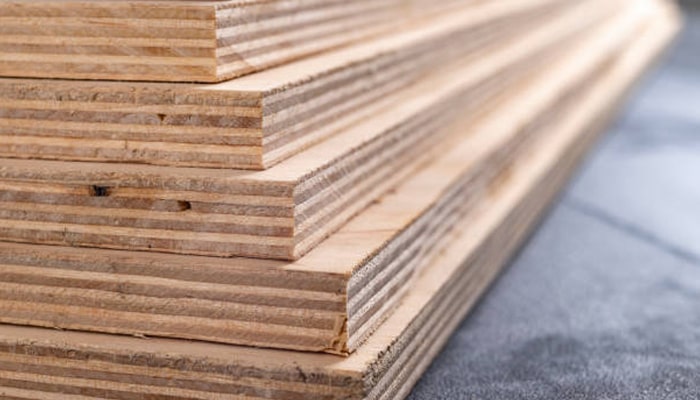
This type is manufactured from eight or more wooden planks.
Multilayer Plywood is one of the most durable and hard-wearing types of Plywood.
Used for exterior woodwork such as roofing or used in house construction, setting the frame and foundation of the building.
4. Standard Size of Plywood
Plywood usually comes in three standard sizes: 4x4ft, 4x8ft, and 4x9ft.
Thin sheets are often used for greater flexibility and can be bent to create frames of different shapes.
Thick Plywood specially formulated for use in extreme weather conditions and heavy loads.
5. Frequently asked questions
5.1. What is hard Plywood?
Marine Plywood is considered the hardest Plywood.
Products are laminated, heated, and polished to withstand humidity and high temperatures and are resistant to cracking, twisting, and warping.
Marine Plywood is water-resistant, it is used for both exterior and interior works such as subfloors, roof decks, and basements.
5.2. What types of Plywood are waterproof?
If you are looking for Plywood that can withstand moisture or rain, you should look for the following:
Pressure-treated Plywood such as construction Plywood and structural Plywood such as CDX.
Marine level Plywood
OSB Plywood.
5.3. Which type of Plywood is the cheapest?
The cheapest Plywood on the market today will be grade C and D Plywood.
Grade C and D Plywood has visible knots and the layers have not been repaired to minimize gaps.
In fact, CDX Plywood is considered to be one of the cheapest Plywood types but also one of the most durable woods for exterior and interior work.
5.4. Which type of Plywood is the best for kitchen cabinets?
Whether it is a hanging cabinet or a base cabinet, the best type of Plywood to use would be high-grade Marine Plywood.
The kitchen is one of the most humid areas of the house and you will need a Plywood that can withstand this as it will breed mold, mildew, and rot.
Because marine-grade Plywood is moisture resistant, it is considered the best Plywood for kitchen cabinets.
In addition to marine Plywood, you can refer to hardwood and softwood Plywood.
5.5. Which Plywood is good for the interior?
Plywood is now widely used in furniture and is now considered the most used material for cabinets and shelves among others. The best type of Plywood for the interior will be the following:
MR grade Plywood also stands for moisture-resistant Plywood. It can be ordinary Plywood or commercial Plywood which is fine for living room and kitchen furniture but not for the bathroom.
BR grade Plywood stands for boiling water-resistant Plywood. This is just the more technical term for the marine class. This type is more resistant to moisture and can be used in the kitchen and the bathroom.
Construction Plywood specifically particleboard and medium density MDF or fiber. Although they are not moisture resistant, they are great for building furniture such as cabinets, home decor, and other lightweight pieces of furniture.
Other types of Plywood you can use are tropical Plywood and overlaid Plywood.
5.6. What is the best Plywood for outdoor use?
For outdoor use such as roofing or flooring, among others, you will need Plywood that can withstand extreme weather conditions. In this case, the best Plywood for outdoor use would be hardwood Plywood, Structural Plywood, Exterior Plywood, ACX grade Plywood and marine-grade Plywood.
5.7. Is MDF harder than Plywood?
MDF is like solid wood or hardwood is an engineered wood that is harder, denser, and more durable than Plywood.
MDF is used for heavy-duty cabinets and shelves as well as for exterior use.
MDF is designed to be drilled, cut, and machined.
Plywood can be used in the construction of stairs, doors, exterior fixtures, and subfloors.
5.8. Is OSB as good as Plywood?
OSB is also known as OSB Plywood, this is very good or even better than Plywood because, in terms of hardness, OSB is 2 times harder than Plywood.
OSB is thicker, longer, and more workable than some Plywood.
OSB is used as an alternative to external fixtures such as roof decking, roofing sheets, and others.
6. A1 Plywood – Prestigious and quality Plywood factory
A1 Plywood is committed to prestige and product quality, ensuring that Plywood panels are always delivered to customers according to requirements and designs.
We own a furniture factory directly in the North, with a team of skilled carpenters, each product is made carefully from the stage of choosing boards to construction and installation.
The workshop accepts orders to produce Plywood boards based on the correct sizes and measurements according to the requirements and delivery on time.
